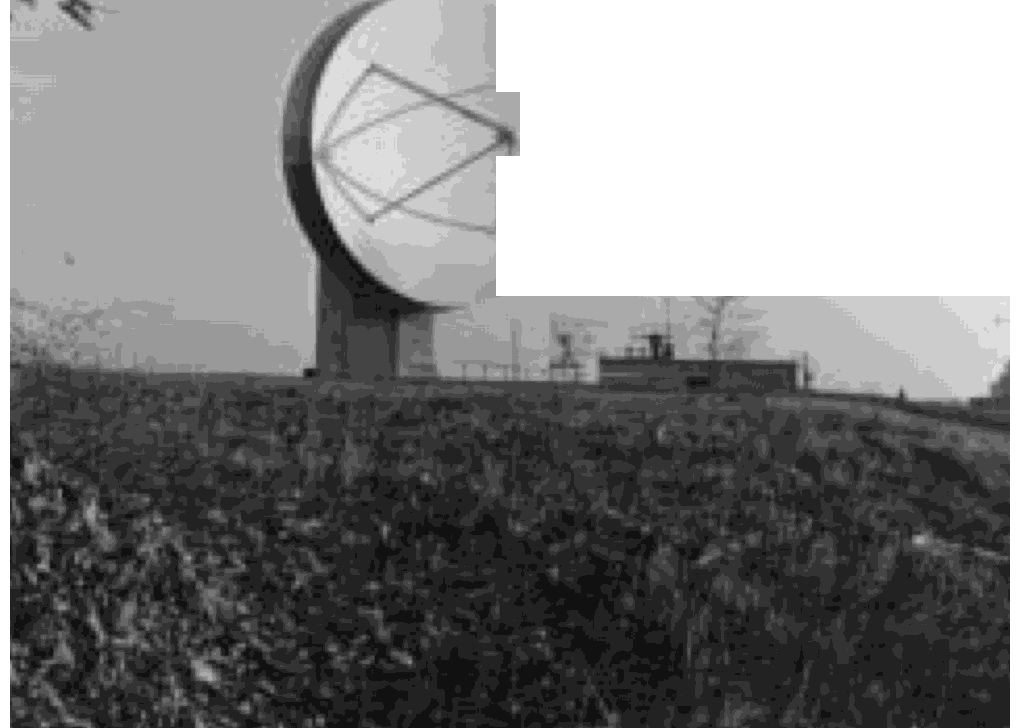
1960-Contin ued
26 March
Elements of MAW-l participating in
Exercise Blue Star established an operational jet
airstrip on the south shore of Taiwan within 72 hours
of the amphibious landing. The 3,400-foot strip was
surfaced with expeditionary airfield matting, equipped
with MOREST arresting gear, portable TACAN equip-
ment, portable mirror landing system, lower control
system, and supported by a portable fuel tank farm.
A4D aircraft operated from the strip with the assis-
tance of JATO, and F4Ds and F8Us used afterburners
for takeoff.
1 April
CVSG-53 and -59, each composed of one HS
and two VS squadrons, were established at NAS North
Island, Calif. This marked the beginning of a reorgani-
zation of antisubmarine aviation which called for the
formation of nine CVSGs and for the assignment of an
additional replacement CVSG and a patrol squadron in
each fleet to perform functions paralleling those being
carried out by the previously established replacement
carrIer aIr groups.
13 April
The navigation satellite Transit IB was
placed into orbit by a Thor-Able-Star rocket launched
from Cape Canaveral, Fla. Designed by the Applied
Physics Laboratory, the satellite emitted a radio signal
at a precise frequency. Surface receiving stations used
a measurement of the signal's doppler shift to deter-
mine their position with high accuracy. Among other
experiments performed in connection with this launch,
... ...
Ground antenna for the navigation satellite ll05433
UNITED STATES NAVAL AVIATION
1910-1995
237
an uninstrumented satellite, mounted pickaback, was
successfully separated and placed in its own orbit.
Thereby, the feasibility of launching multiple satellites
with a single vehicle was demonstrated.
19 April
The Secretary of the Navy established the
Naval Space Surveillance Facility, Dahlgren, Va.
1 May
Seventeen Basic Training Groups of the
Naval Air Training Command were redesignated train-
ing squadrons (VT) and established as separate units,
each under a commanding officer.
3 June
Test launchings of Bullpup air-to-surface mis-
siles from a Marine Corps HUS-l helicopter were suc-
cessfully completed at Naval Air Test Center, Patuxent
River, Md.
10 June
Seven helicopters of HS-4 from
Yorktown
rescued 53 merchant seamen from the British freighter
Shun Lee
which was breaking up on Pratas Reef, 500
miles northwest of Manila, Philippines. Under storm
conditions in the wake of Typhoon Mary, the heli-
copter took 25 men from the wreck and 28 more from
Pratas Island inside the reef.
21 June
Norfolk
(DL 1), from a position off Key
West, Fla., fired an antisubmarine rocket missile
(ASROC) in a public demonstration, marking the com-
pletion of a two-month technical evaluation. This mis-
sile featured a rocket-powered airframe carrying a
homing torpedo, or alternatively, a depth charge.
22 June
The navigation satellite Transit 2A was
placed into orbit by a Thor-Able-Star rocket launched
from Cape Canaveral, Fla. A Naval Research Laboratory
Sol Rad I (Solar radiation) satellite, mounted pickaback,
was also placed in orbit. In addition to further develop-
ing the Doppler navigation techniques, Transit 2A con-
firmed the practicability of using satellites for precise
geodetic survey, provided critical measurements of the
effect of the ionosphere on electromagnetic waves, and
provided measurements of high frequency cosmic
noise requested by the Canadian Government. The 2A
had an operating life of 212 years.
1 July
The first Carrier On-board Delivery squadron,
VRC-40 was established at NAS Norfolk, Commander
John H. Crawford commanding.
1 July
In a successful demonstration of the operating
capabilities of a drone helicopter designed for use in
antisubmarine warfare from destroyers, an experimen-
tal DSN-l made an at-sea landing aboard
Mitscher
(DL
2), off the coast of Long Island, N. Y. Although the
 |
3 |
 |